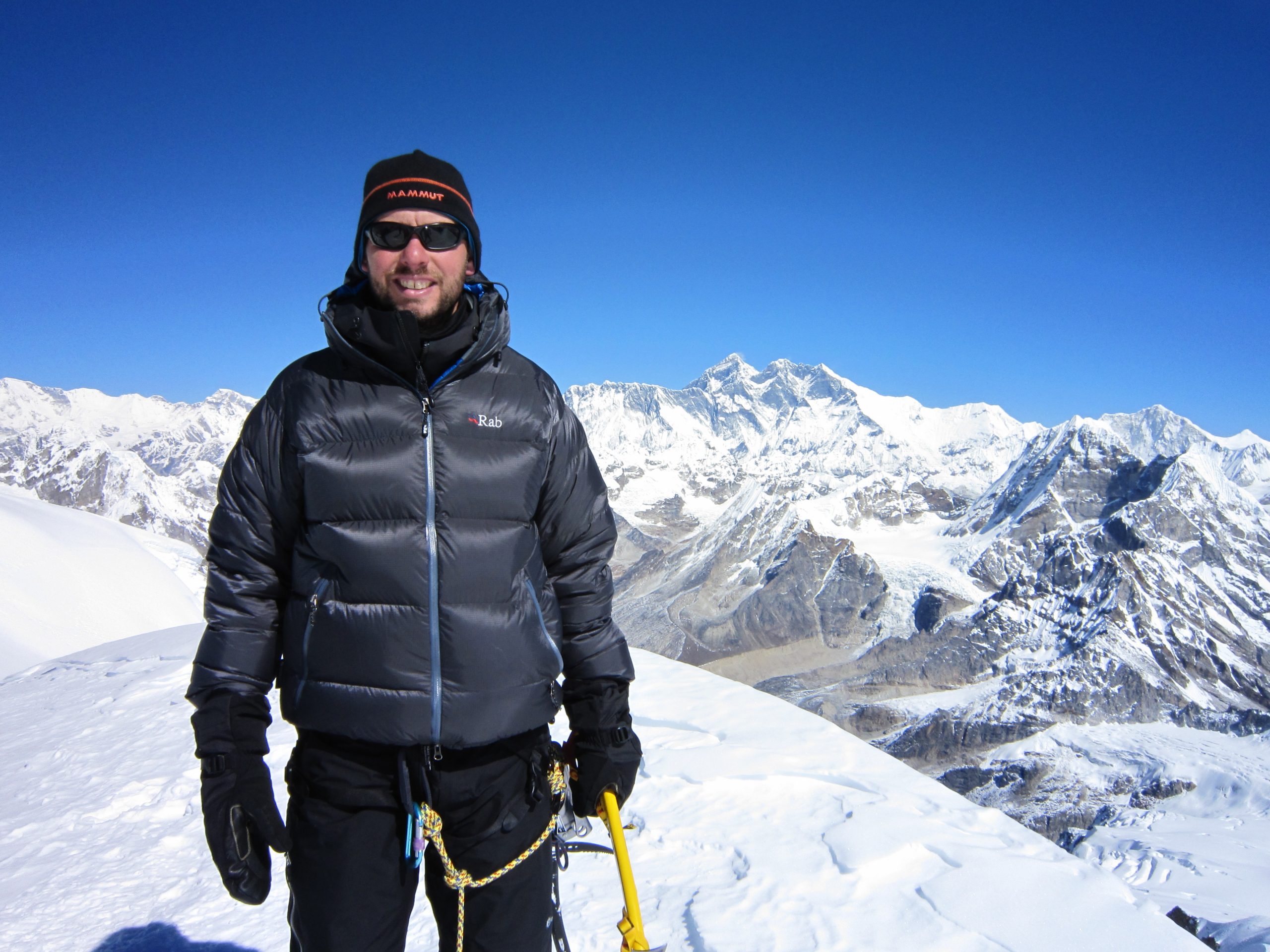You can almost picture the scene as you emerge through the cloud line at around 4,000 m: trekking ever higher, taking in the always changing landscape, the incredible views, and enjoying the company of your teammates and incredible guides.
And then:
“I think I’ve got a bit of a headache coming on” remarks one of the pals you’ve met on expedition.
“Now you say it, I think I might too” says another…
“Feeling a bit sick over here, do you mind if we stop for a sec?” asks a third, bent double to catch his breath. “My head feels like it’s in a vice.”
All of a sudden, what was a merry band of travellers has become something else. The last couple of hours has quickly transformed the group into extremes of health, with some people still fit and healthy, out for a walk in the park, while others struggle to keep their lunch down. But why? And why only certain members of the group?
Well the answer is simply altitude.
More specifically, these are classical signs of altitude sickness, or acute mountain sickness (AMS) by its proper name. AMS is a perennial issue for anyone travelling to high altitude, whether an experienced mountaineer or first-time trekker.
What is altitude sickness?
Being a progressive disease, it tends to come on slowly at first, characterised by a headache, potentially feelings of a nausea and dizziness early in its ‘mild’ stage. As symptoms worsen, nausea turns into vomiting, shortness of breath and fatigue, ‘mild’ becomes ‘moderate’, and then, if left unchecked, ‘moderate’ turns into ‘severe’ AMS. At this point the trekker is left short of breath even at rest, unable to co-ordinate movement, and risking pulmonary and cerebral oedema (fluid on the lungs and/or brain). This is not a sickness to be messed with, but one you do need to understand before setting off. Education is key!
How do we get altitude sickness?
Naturally then, explorers, trekkers, guides and porters alike have been keen to understand who is most prone to AMS. Fortunately, there’s now a whole division of sport science given over to determining what it is that makes some people so susceptible and just who is most at risk. Unfortunately, the factors identified are very hard to overcome on most trips.
One of the main issues seems to be arriving at high altitude very quickly (i.e. flying from sea level and then landing at moderate altitude before your trek). This means if you land at Lukla (2,900 m), Cusco (3,400 m), Quito (2,850 m) or most other airports used for high-altitude treks, you’ll most likely be landing pretty high. Even a Kilimanjaro expedition usually starts at an altitude of around 2,800 m. Getting to altitude so quickly means we’re exposed to a major risk factor before even starting the expedition. From there, rapid ascent (more than 400 m elevation gained per day) is the major issue once on expedition. Even the very best itineraries these days often ascend 400 m in a day at least once.

Combined, these risk factors mean that over 80% of high altitude travellers are likely to be affected by AMS, and up to a quarter of those travelling above 5000 m may develop severe symptoms. Even on the same trip, trekkers will likely develop symptoms at a different rate meaning while some are struggling from the get-go, others are fine up to the very highest altitudes. What’s more, without prior exposure to low oxygen conditions, it’s difficult to tell who is susceptible.
Is altitude sickness preventable?
While it may be possible to partially treat AMS with a focus on hydration, or by taking Diamox or Alti-Vit (our very own, all natural Diamox alternative without the side effects), identifying susceptibility and preventing AMS before it even develops is better than any cure. Now, with simulated altitude, it is possible to do just that in a safe and controlled environment, without having to head to the mountains.

It’s really important to remember that every one of us can, and will acclimatise to altitude given enough time. How much time? That is what varies, and why it is so important to understand how you respond. You should never let altitude put you off joining the expedition of a lifetime, but it should be something you consider when preparing for your trip to ensure you get to enjoy that expedition to its fullest.
We stormed the summit with no symptoms whatsoever, no headaches, nausea, fatigue .. We ate and slept well and our guides were pleased with our health checks. We were the oldest by 25 years in a team of 9 and felt the best; feeling quite smug right now!
Rachel Ewer, successful Kilimanjaro summit after a 1 month rental of our at-home set up.
How can we test our susceptibility to altitude sickness?
At The Altitude Centre, our sport scientists have drawn on the bank of research into AMS to develop our Mountaineering Consultation. During the assessment, we’ll test several key risk factors for developing altitude sickness including your lung function, carbon dioxide tolerance, and crucially your blood oxygen saturation at several different altitudes.
Additionally, the consultation provides the opportunity to experience what it’s like to trek at altitudes up to 6,000m without leaving the country. Your post-consultation report will detail your results and outline your susceptibility to AMS. From there, you and your dedicated sport scientist can start putting together your individualised altitude training plan, to pre-acclimatise you to high altitude and reduce your susceptibility to altitude sickness.
